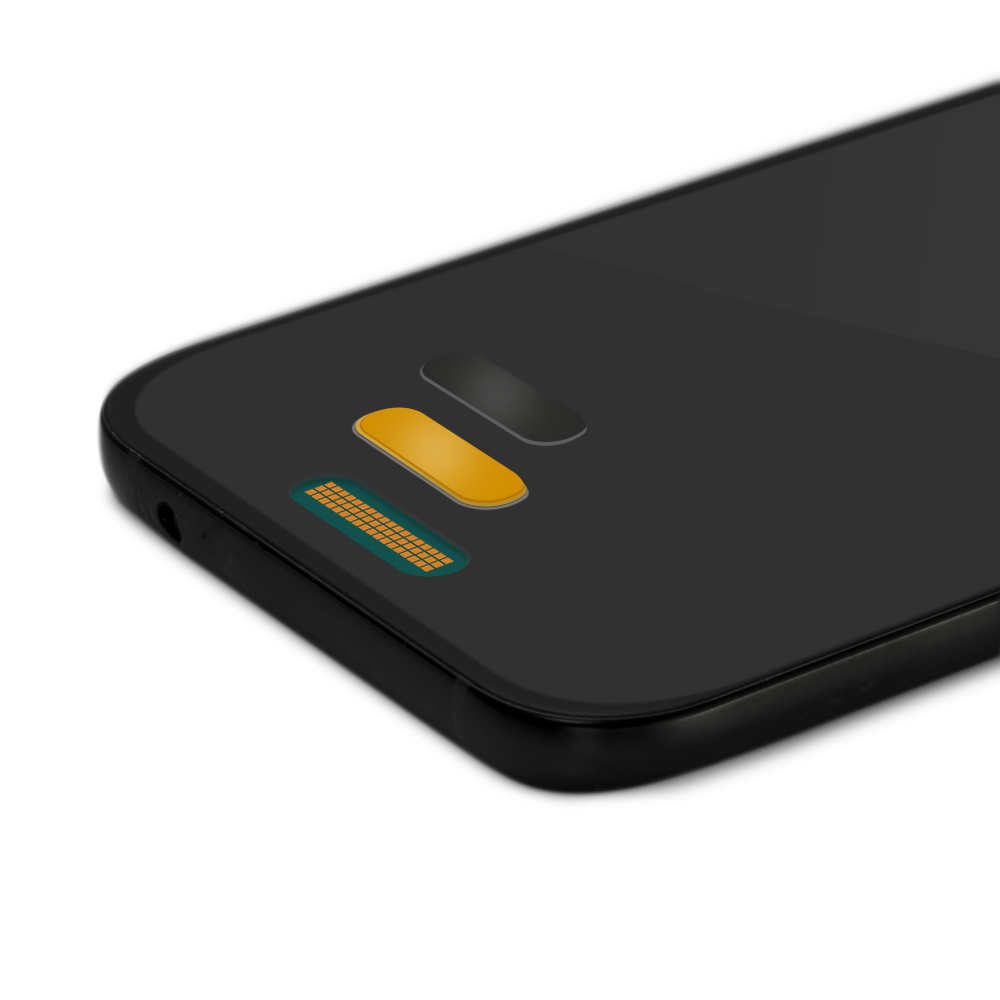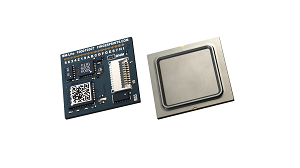Around the world, we have fallen in love with our mobile devices. There are 10+ billion devices in circulation, we check them 58 times daily on average and 65% of Americans check their smartphones up to 160 times a day! We estimate that time spent unlocking using PINs and passwords equates to 41 minutes each week, or about 4 months of our lives, says Ted Hansson, SVP business line mobile at Fingerprints.
This is why biometrics is now firmly embedded within the mobile user experience. Over 80% of mobile devices shipped today now incorporate some form of biometric sensor, with users drawn to the convenience, functionality and security to ease the frequent locking and unlocking of devices.
Capacitive fingerprint sensors are a long-proven technology in mobile, due in no small part to its balance of high performance, cost, and reliability. But mature does not mean old. In fact, we estimate the potential annual shipment of capacitive fingerprint sensors for smartphones to be ~800 million by 2026. But beyond growth, this trusted and prolific tech is still evolving, being adopted by new use cases and enabling new mobile design trends.
Authentication, authentication, authentication
As mobile connectivity has expanded and become faster, smartphones have become our go-to device for a huge number of uses far beyond calls and messages. With hygiene now a primary concern, consumers are turning to smartphones for even more uses from banking to shopping. This is rising too, with global mCommerce expected to grow 70% between 2020 and 2025.


As the use of our devices increases and captures even more sensitive information, such as banking details and ID information, the adoption of biometrics is growing to add strong authentication without increasing friction.
Passwords and PINs can be hacked and compromised, but modern fingerprint biometric technology is a lot harder to trick.
Biometrics’ value in securing payments is well documented. Juniper Research anticipates biometric authentication will secure over $3 trillion (€2.47 trillion) worth of mobile transactions by 2025. Global payments standards body EMVCo recently incorporated the evaluation of biometric sensors for mobile payment authentication into its scope, with our latest slim mobile sensor becoming the first of its kind to achieve approval. Recognition of biometrics by the payments industry shows its growing role as a trusted, invaluable enabler of mobile payments.
UX is king
Despite the emergence of face and iris recognition, and under-display sensors, the importance of user experience (UX) is seeing the more traditional fingerprint sensors continuing to retain and even grow market share.
One need only look at Google‘s recent return to fingerprint after devices featuring just facial recognition. For today’s OEMs and developers, ensuring convenience and a seamless UX remain most critical to any new device. Optimised over years of innovation, active capacitive fingerprint sensors by far deliver the strongest balance between usability and security.


While undoubtedly other authentication technologies will continue to gain adoption and enhance performance through R&D, the reliability and robust security of capacitive means it is here to stay. It is also forming a key pillar of multimodality authentication, working alongside other biometric technologies or authentication methods to further improve UX and security.
For example, a fingerprint is combined with face and iris recognition to enable users to unlock devices when wearing gloves or a mask. Biometrics can also offer a complementary strong authentication layer to PINs and passwords, enabling two-factor authentication without adding to the complexity.
Evolution not revolution
While UX and security remain king, upgrades in design are still being made. In fact, the evolution of active capacitive sensors is closely supporting an iterative smartphone design movement that is adding small, value-added modifications to devices without totally ‘reinventing the wheel’.


First sensors moved from front to back, now to the side and, incorporating additional functions such as scrolling and volume control. The continued innovation of this mature, trusted technology is favoured by consumers and OEMs alike, helping realize new design trends such as folding and borderless devices.
Xiaomi recently launch devices with a curved fingerprint sensor, also in its first foldable screen phone. The sensor’s innovative curved design enables a more seamless integration into the mid frame of the device and doubles as a power button.


Fingerprints is proud to have led much of the innovation that has enabled biometrics to reach mass market, and our technology now features in over 500 mobile device models by nine out of the top ten OEM brands.
Fingerprint recognition was first added to smartphones less than ten years ago, and it will be a part of the mobile ecosystem for years to come.
As the mobile industry continues to evolve, the value of this technology endures and continues to offer users reliability, a quality experience and unparalleled security and enables new design innovations. In tech, it is always difficult to look too far into the future, but we can be certain there’s much life left in the ‘traditional’ fingerprint sensor.
The author is Ted Hansson, SVP business line mobile at Fingerprints.
Comment on this article below or via Twitter: @IoTNow_OR @jcIoTnow
Leave a Reply